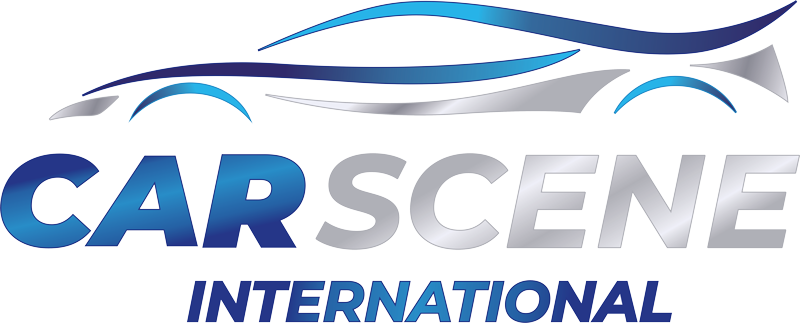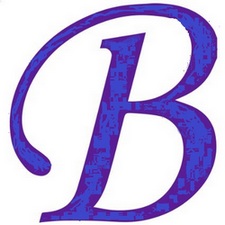
Healey and other fine cars News BulletinThis is the fifth in the Warwick Healey archive ‘oral history’ series of posts. As I have mentioned previously, the Warwickshire County Record Office (WCRO) bought the Healey Motor Company archive from Geoff Healey’s family with money donated by individuals and charities such as the Heritage Lottery Trust.One of the terms of the latter’s fundung was of that there should be an ‘oral history’ element to the project. Even though this was going to add workload to an already mamoth task of cataloguing the Healey archive the ‘oral history’ task was accepted with enthusiasm by the WCRO’s staff and volunteers. Mainly the latter, of which I am one, set about recording the memories of former DHMCo. employees and Healey enthusiasts. The recordings can be listened to, by prior appointmnet, at the Record Office in Warwick. Transcripts of the recodings were made and are also available on the “Warwickshire’s past unlocked” website. However, because they have to be “verbatim” i.e. noting every and, but, “you know” and every cough etc., they are not easy to read; neither are they accompanied by any photographs. It is for those reasons that I embarked upon “tidying” the transcripts, to make them more readable and at the same time adding appropriate photos. I have published those “tidied” transcripts via the Healey News Bulletin. As I said earlier, this is the fifth one. The orginal transcript can be read on line by visiting the Warwickshire Catalogues & Database website and entering AV040/5 into the search box. The subject of this interview is Barrie Wills. In the interview Barrie tells us about the incredible experiences he had when working with De Lorean in Northern Ireland. He laso tells us how he almost worked for Jensen on the Jensen Healey project and how he was interviewed for that job by DMH himself. Sit back and be prepared to be taken on a journey involving high political stakes and several separate contacts with the Healey family. This is no casual read, you will need to set some time aside in order to do it justice and to get full enjoyment from it – The interview My name is Barrie Wills, I spent a somewhat chequered fifty years in the motor vehicle industry before I retired in 2007. I started my career as an apprentice at Jaguar in 1959. My links to Donald Healey and the Healey family started when I was given the opportunity to apply for the job of Chief Buyer of the Jensen Company in 1970, when they were about to kick off the Jensen-Healey Sports Car project. I had a first interview with their Personnel Chief at that time, which went reasonably well to the point where I was asked to go back for a second interview. In that second interview, to my utter amazement, I found myself, at the age of 28, sitting down with Donald Healey CBE, the great man, somebody I had admired as a hero from when I was a boy. Also at the interview was the then owner of Jensen, Kjell Qvale, a Norwegian-American who had been the importer of Jaguars and Austin Healeys into the west coast of America for some time. A third person at the interview was Alfred Vickers who was the then Managing Director of Jensen Motors. Donald Healey had either just been appointed Chairman or was about to be appointed Chairman, he was certainly acting at that stage at least as an advisor to Kjell Qvale. To say it was an interview would be an overstatement, it was more like a fireside chat and I was in fact offered the job on the spot. Despite the glamour of the opportunity, I did have some misgivings about the project. I, therefore, took an opportunity to make a phone call to one of my mentors, the famous F.R.W. “Lofty” England who was then the Managing Director of Jaguar. He was the man who had taken Jaguar through a series of victories at the Le Mans 24 Hours races in the 1950s. Those Jaguar victories attracted me to joining the company. I arranged to meet Lofty at Jaguar’s Browns Lane, Coventry, plant. His advice regarding the Jensen job was quite simple, “Don’t touch it with a barge pole, it will fail”. So, I took Lofty’s advice seriously and with some considerable disappointment, I wrote a letter to thank them for their kind offer but turned the job down. I went on instead to join, or rejoin, British Leyland, where I went to a very attractive greenfield site project to produce a new bus up in Cumbria. That kept me busy for a few years. As it turned out, of course, the Jensen project did fail. I think it was doomed to fail, not least because of the deal that Kjell Qvale did with Colin Chapman to buy the unproven Lotus 907 (2.0Ltr twin overhead camshaft) engine without warranty. I hope that as Chief Buyer, I would not have allowed that deal to take place. If ever there was a case of a bad sourcing decision, that was the one.  Interviewer: So were the problems because it was rushed, or they were trying to.. BW: Well, Lotus in those days, hardly developed anything. Chapman was a great designer and engineer of racing cars for Formula One, and of course had been very successful. His road cars were successful also but you remember Lotus, in automotive circles stands for ‘Lots Of Trouble Usually Serious’. [Laughter] (I would ask readers to remember that the cars being referred to were produced nearly fifty years ago and any such comments are not intended to reflect upon current Lotus products. ed.) It certainly proved to be the case with what was an undeveloped engine. It had been engineered, it worked, it performed extremely well, but it was totally and utterly unreliable and, as a result, the warranty costs that Jensen had to incur, through the history of the Jensen-Healey project, had to be absorbed internally. In normal cases, those warranty costs would have been passed on to the supplier of the engine. But not when there is no warranty in the contract. Colin Chapman was a very smart guy, I’m sure he arranged that perfectly, and of course, above all, he got a free development programme. It was a couple of years later before Chapman specified that same Lotus engine for his own vehicles. So what the Jensen-Healey project really did was to give him a free development project. After Leyland I went on to join tiny Reliant Motor Company in Tamworth, as Supplies Manager originally. I joined them in January 1972 and my primary task was to lead the sourcing for the Reliant Robin (three wheeler with fibreglass body ed.) which was just about to appear on the scene. Of course Reliant was also producing the Scimitar GTE sports estate car, famous for being the vehicle desired by the Princess Royal, Princess Anne. She is now still driving her eighth version of that car – a very loyal supporter of Reliant indeed. I got to become Deputy Managing Director of that company by 1976. 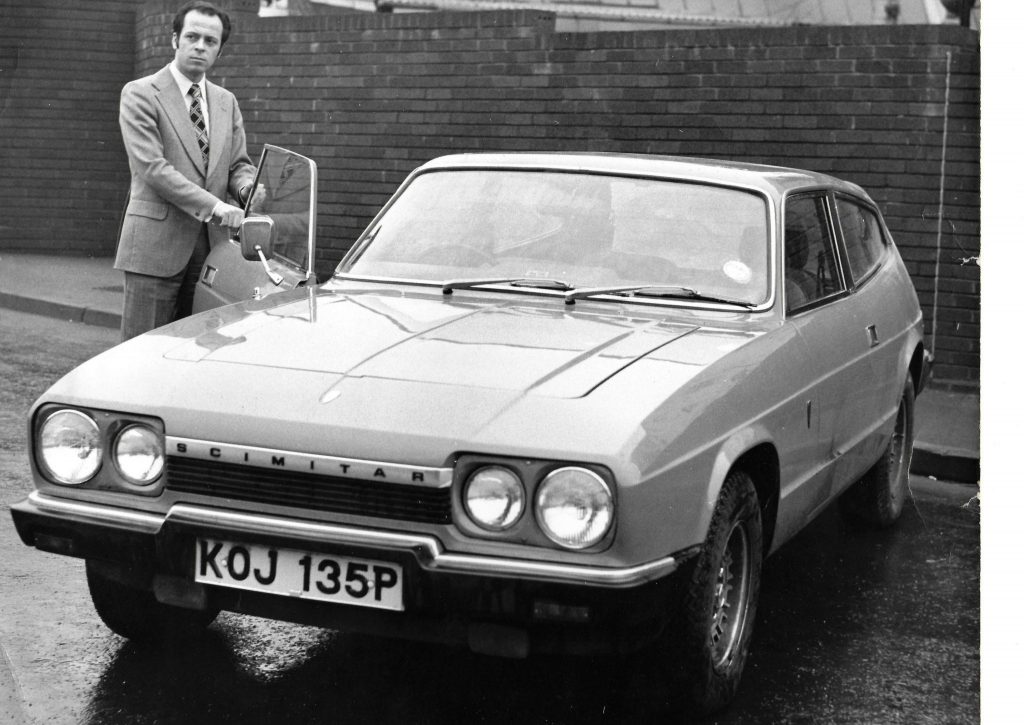 Reliant was owned by the Hodge Banking Group, run and owned by Sir Julian Hodge, a financier based in Cardiff who was our Chairman. In the same year of 1976 he sold his company to Standard and Chartered Bank. I think, a few weeks later, Standard and Chartered looked through what they had bought with the main bank, which was their prime requirement, and of course found that, “heavens above, we’ve bought a little car company in Tamworth, what the hell are we going to do with that?”. There was an immediate decision made that it would be disposed of, it would be sold on, but at that stage, we were right in the middle of the Edward Heath miners’ strike three-day week. That crippled industry completely during that year and we went from being a twenty million pound turnover company making a million pounds profit (which at 5% of turnover net was remarkable in automotive terms in those days) to a loss maker. This was inevitable because of the lost production and the high cost of operating during that period. Interviewer: Was that standard practice at the time for a financial institution to actually in fact own a car company? BW: No, no, Julian was an opportunist. If Julian thought he could make money out of anything he’d buy it [laughter]. Reliant was a quoted company. He effectively controlled it and I think he had 74% to 75% of the equity, enough to have control. The rest of it was traded on the Stock Exchange and my Managing Director, the guy that I was Deputy to, Ray Wiggin, himself owned about 11% so he was the second largest shareholder. Anyway, once we had settled down after the three-day week the decision was made that we would be put up for sale. Sir Julian Hodge was given the responsibility by Standard and Chartered to oversee the sale and we and the Board of Directors came up with an idea that was virtually unknown in those days, today it would be called a Management Buyout. We said “ let’s see if we can buy it, let’s re-mortgage our houses”. This was when the average property was about ten thousand pounds, at that time you didn’t raise much by remortgaging your house. Reliant shares were very, very, cheap in those days, particularly coming out of the three-day week period. The stock exchange was pretty low anyway and to buy the company the tidy sum of half a million pounds was necessary. It doesn’t sound much today but it was quite a bit in those days, especially when you are talking about trying to do a Management Buyout. Inevitably the amount that the Board could put together was insufficient so we started to look elsewhere. Ray Wiggin had formed a relationship with a guy called John Barber. John had been Finance Director at Ford Motor Company before he went into British Leyland as Finance Director. He was there after Donald Stokes became Chairman of that enlarged group and subsequently became Managing Director of British Leyland. Barber subsequently fell out with Stokes and left but was quite a wealthy man himself and was advising certain people on investments in the automotive sector. We also knew a guy called Tony Good who was the Chairman of probably the leading public relations firm in the U.K. in those days, called Good Relations. 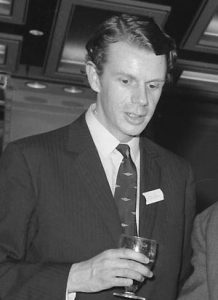 This was a very convenient connection, Tony had also been a non-executive Director of Jensen Motor Company, in fact he had been there during the Jensen-Healey period. John Barber and Tony Good both knew Donald Healey and lo and behold they brought Donald Healey into the equation. So, now, we had not only more money added to the equation, but we also had some star names which was going to help us to raise money elsewhere. However, that didn’t prove necessary because Lofty England, who I mentioned earlier, had now retired from Jaguar and was acting as a consultant to Reliant, based at his home in Austria where he had relocated to retire. He had been advising us on expanding the export network in Europe, for sales of Scimitar GTEs. It was working very well. Lofty suggested that we met a guy called Jo Eerdmans, who was a Belgian, but more importantly had been Sir William Lyons’s man in America. He had been the guy who had really developed the sale of Jaguars in America post-war and into the early ‘70s, before he retired. Really, so many people of skill and experience left after British Leyland was formed. Eerdmans was one of them. He was an extremely wealthy man, so the deal was that he would head this purchase of Reliant, supported by Donald Healey, John Barber, Tony Good and the existing management team. We got our half a million and the offer was made to Sir Julian. He came back two days later to say it had been turned down because Jo Eerdmans was not British. We were absolutely flabbergasted. A day later, Sir Julian announced that he had sold Reliant for three hundred and seventy five thousand pounds to a company called Nash Securities, a most unwelcome takeover and a great disappointment to us all, including I am sure, Donald Healey. There was no doubt that had that deal gone ahead, Scimitar would have gone into America, Eerdmans would have certainly been able to develop the contacts with the distribution network out there, the Healey name would have been linked with it, maybe becoming a Scimitar-Healey. We had also had an arrangement with BRM whereby they had designed and engineered an overhead cam version of the all aluminium Reliant engine. We were always hankering over doing the two-seater sports car and of course the Healey link would have been perfect for that. I think that a Reliant-Healey Sprite, without doubt, would have sprung from that connection. We also had plans for a Dolomite replacement and for a Triumph Stag replacement. Reliant later did this but unfortunately, they did it off what was by then an aged Scimitar GTE platform so it didn’t really succeed. We were planning a completely new car to be designed by Bertone in Italy with both a GTE sports estate version and a spin-off Triumph Stag type convertible version. So, that dream disappeared very, very quickly and so did the members of the Reliant Board that supported it, including me. Unfortunately, Reliant went on from one disaster after another and eventually disappeared. So that was a great missed opportunity. Interviewer: And just remind me what the dates were for this again? BW: It was September, I think, of 1977, when the deal with Nash was done, so the period that we were working on that project would have been really the summer into the autumn of 1977. Post Reliant I was approached to join what was probably the most exciting period of my career. John DeLorean the former Vice President of General Motors, who had been working on his own car project for about three to four years, was attracted by the investment opportunities in Northern Ireland. Remember, this was late 1978, right at the height of the “Troubles”. The theory of the then Labour Government was to create jobs that could be distributed fairly amongst the factions as opposed to the situation that had existed for generations. Unfortunately, in Northern Ireland, at that time, the largest employers, in particular Harland and Wolff and Short Brothers, ship building and aircraft makers respectively, hired a near-100% Protestant ‘Loyalist’ workforce in their thousands. What Roy Mason, who was then Secretary of State for Northern Ireland, was looking for was an opportunity to have a fairer employment policy. 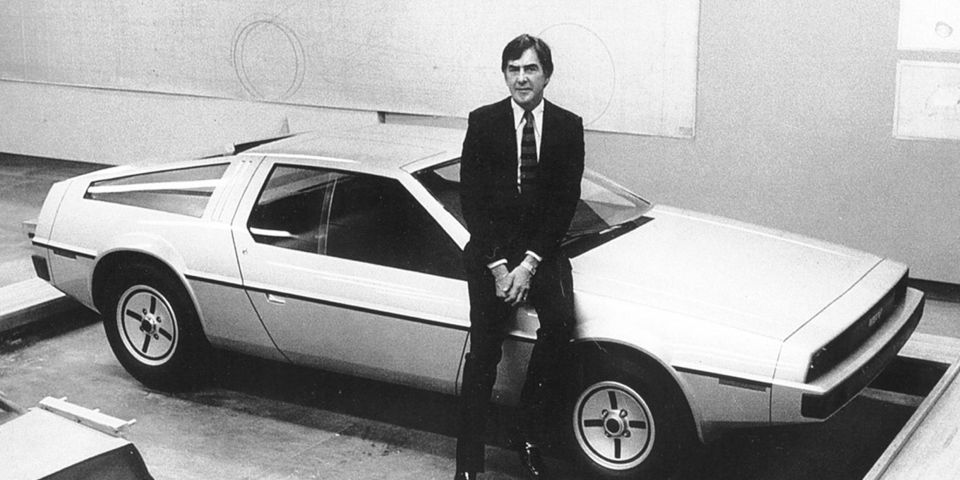  So, with another guy, Charles Bennington, who had been my original Managing Director at DeLorean but had since left the company, we developed a business plan to take to British Leyland and say, hey, we think there is still life in this product at lower volume, so why don’t you let us have it? We had no sooner opened those discussions than what seemed to have been successful efforts to bring DeLorean out of receivership came to a halt when the receivers, Sir Kenneth Cork and Paul Shewell, of Cork Gully, could not reach agreement with an investor that was being put forward by John DeLorean at that time. He was a wealthy property investor in Manhattan by the name of Peter Kalikow. I got somewhat emotional then and decided that maybe there was an opportunity to put our Triumph TR7/TR8 plan together with the DeLorean; maybe we had got an even better business plan and a route through which we might rescue the company and save the two thousand plus jobs that had been created in Northern Ireland. I had put an awful lot of my time and effort into being a part of the team that created that of course. So we did just that and succeeded in attracting investment opportunities in the City of London through the Merchant Bank, Hill Samuel and the investment organisation ICFC, sometimes known as Finance for Industry which is now 3i. They were ready to do the deal. The point was made to us though, that, John DeLorean’s name had been besmirched through the difficulties he had had in relating to the new Conservative Government, headed by Margaret Thatcher. That Government had been elected within six months of the project starting and certainly wasn’t really in favour of public money going into what they thought should be a privately-owned company. So, we were not flavour of the month with the Lady. We needed a new brand and that’s when I thought “what about Healey?” a brand that was still very alive and still very much admired in America, our primary market. The decision was made and agreement reached with Hill Samuel and ICFC that we would approach the Healey family again. Donald, by now, was retired in Cornwall but I did know that Geoffrey was still around, he was still working, in fact, for British Leyland and had a home in Barford, Warwickshire. Through third parties in British Leyland that I knew, I was able to track him down and he invited me to his house to sit down with him and his wife Margot. I spelt out to him what we were trying to do, that we would like to use the Healey name. We would like to do a deal on the basis of a royalty arrangement per car; that we would want to use the name, not only on the TR8 and TR7s, as a Healey 3500 and a Healey 2000 respectively, but also on the DeLorean which would be renamed the Healey Gullwing. Of course, there was historically a Healey Gullwing that he’d raced in Le Mans much earlier (Healey SR 1968 &’ 69 ed.). So, Geoffrey was very excited by the project and agreed to talk to his father and get back to us. That happened very quickly and we soon got the nod that the great man was quite happy to do the deal in principle. We didn’t get to the stage of agreeing numbers because everything was moving so quickly, we really did it on a handshake that, at the appropriate time when the funding was raised, we would do the deal. We did in fact incorporate a royalty in our business plan that we assumed would be acceptable to the Healey family. I can’t recall what it was unfortunately. Everything was hunky dory. John DeLorean had almost given up on raising the money himself, so we were in competition but we were invisible. We were anonymous. It was very important to me that I was anonymous because by now I was Acting Chief Executive in Northern Ireland, overseeing what was left of the facility and the workforce there and the last thing I wanted was for John DeLorean to be aware that I was in fact in competition with him. The Press referred to us as the U.K. Consortium, Sir Kenneth Cork in all his dealings with John DeLorean referred to us as the ‘U.K. Consortium’. Hill Samuel, as the lead investor, required an upfront fee. This was not necessarily beyond our means but they didn’t know what to charge. They couldn’t work out whether we were a tiny organisation trying to rescue the company, or whether we were in fact DeLorean Motor Company in Northern Ireland. The latter would be classified as a mid-range business; or whether we were in fact acting for Government. The important thing being that the Government were the main creditor in DeLorean because they had been the investors. That was important to Hill Samuel because they had a different rate of fee, depending on who their client was. It ranged from something like twenty thousand up to about eighty thousand maximum. Anyway, Sir Kenneth Cork said to us, don’t worry about that, I’ll fix it with my friend James Prior, who was the Minister of State for Northern Ireland in Thatcher’s Government. They decided that we could forget about raising money to fund Hill Samuel because the Northern Ireland Office would guarantee it, whatever it was. Even if it was eighty thousand they would guarantee it. Once we had raised the money, that chunk of money would be paid to Hill Samuel and if we didn’t raise the money then the Northern Ireland Office would pay it. That was the deal. We didn’t believe, based on what Prior had told Cork, that that would have to go to Cabinet, because it was such a small amount of money, it was well within Prior’s ability to sanction. However, because the man, I think, was regarded as a ‘Wet’ by Mrs. Thatcher, I think he decided to cover his backside by not going to Cabinet with it because it was during the summer recess. My belief is that he met her in the corridor somewhere and said “oh by the way Margaret, blah blah blah blah blah, this is what I want to do, up to eighty thousand”.She would have replied “There will be no more money for De Lorean. Tell the receivers to do their job” and off she went. Jim was well and truly handbagged. Complete confusion, we weren’t asking for money, but we were thrown out with the bath water. Unfortunately, the whole project, the whole idea of using the TR7 and TR8, using the Healey name, came to a very rapid halt. Despite that, we were told that because Sir Kenneth Cork had reached an agreement with John DeLorean, that if we failed, he, John, could come back in and have another go to raise the money. Therefore we should step back and allow John that opportunity, on the assumption that he would fail. Then we could come back in and have another go. That was the Sir Kenneth Cork’s proposal, sanctioned by James Prior, that came back to us. So, we stood back. The rest is history. John DeLorean did find the money and unfortunately, he found it through illegal means, involving cocaine, which was the subject of an FBI entrapment. Of course that was the end of his DeLorean project full stop. Bennington and I went on to do other things. That then led us to the next Healey involvement which came in 1986 when I was approached by a group of financiers in Cambridge. Two companies called Active Technologies PLC and Metronex had links with the government of Poland through an interface by the name of Professor Janicki. He was close to the government of Poland and to FSO cars, the Fiat Polski organisation based in Warsaw. They were keen to produce a small sports car using Polski Fiat mechanicals. Charles Bennington, who I referred to earlier, had already developed a plan for a car along those lines called the i-car, this was before the Apple Corporation had introduced the i-Pad or i-Phone. We were able to pick up that plan more or less off the shelf and present to the Polish entities. Of course, once again, it needed a brand, so let’s go back to Geoffrey and see if we can do another deal. We did that in the summer of 1986. This time, however, Geoffrey had learnt from his previous experiences, he wanted something up front, an upfront fee in addition to a royalty for using the Healey name. This was quite reasonable. That, therefore, became another integral part of the project.  Unfortunately, as was so often the case in Eastern Europe at that time, the Poles procrastinated. To us, they were clearly, playing off Fiat and Daihatsu at the same time. They were trying to develop a relationship for a new car with those two organisations and to some extent, the project that they had approached us about, or we had been approached about on their behalf, rather took second place. At the same time, I was being courted by another organisation to go to Malaysia and work for a lengthy period with Proton, the national car manufacturer, who at that time were only about two years old. That was a very attractive proposition both in terms of the work opportunity and the financial benefits. So, the Polish project really sort of drifted away and I can’t really recall at this stage what it was that brought it to an end. I think it just drifted, and disappeared. I thought then that that was probably the last time I would ever be involved with Geoffrey and Donald Healey and of course they subsequently both passed away. Donald died in January 88 aged eighty nine and Geoffrey in April 1994 aged seventy two. Anyway, being the entrepreneur that I turned out to be, I ran my own business for twenty-five years, half my career, I had been tracking the MG Rover project under the so-called Phoenix Four, very closely, not least because I knew John Towers and Nick Stephenson, the two ex-Rover members of the Four quite well, business-wise. I almost predicted the fact that they would enter administration, which they did in the late spring, early summer of 2005. As a result, I was ready to pounce, to go in there and see if I could lead a rescue of the MG brand in particular. This would have been an alternative to the whole thing going lock, stock and barrel to China. I certainly felt at that stage the prospect of MG, the beloved British MG, coming under the ownership of any Chinese entity, not to be in the U.K.’s best interests. The reason I could make that leap is that I had spotted another opportunity prior to that, to get into the small sports car business; something that I had tried to do at Reliant. I had tried again with the Healey project in conjunction with DeLorean, and I had tried to do it with the Polish exercise. This time it came through the decision by Daimler-Chrysler, as it was then called, Mercedes if you will, to cancel the second project that they kicked off under the Smart brand. This was a tiny two-seater sports car called the Smart Roadster. They canned it because they couldn’t make money out of it and because they had, in my view, overestimated the volumes that could be sold. My belief was that, if it was taken into a smaller organisation that didn’t carry the huge overhead of the Daimler-Chrysler organisation and became something more akin to the Reliant Motor Company, who I knew and loved back in the ‘70s, you could make a nice little business out of it. This could be achieved by lowering the sights in terms of costs and volumes, If you then coupled that with the MG TF, which had still got a life to it, but needed a facelift, which could have been done relatively inexpensively, a business plan could be built around the two, the MG TF and the Smart Roadster (badged as an MG Midget). To cut another long story short, we pulled together a management team covering all the disciplines. I asked Lord David James, known in the Press then as the Company Doctor, to be our figurehead and we created what was called ‘Project Kimber’ by the Press. Again, you’ve got to have a tag for the Press, and we set out in competition with Nanjing Automobile to get all we wanted. Unfortunately, the administrators, Price Waterhouse Cooper did a very very quick, almost overnight, deal with Nanjing whilst we were sitting at the Metropole Hotel at the NEC waiting to be called in to do due diligence on behalf of our investor. Anyway, that having fallen apart, we had a Plan B, and Plan B was to do a new business plan using just the Smart Roadster, of course we had lost MG but we wanted another brand, so Healey came to mind again. I contacted Margot, Geoffrey’s widow who was still living at the same address in Barford and she basically said to me, “Look we’d obviously be interested, but I’ve now handed all these affairs over to my daughters Cecilia and Kate and you really ought to talk to them”. In fact it was Cecilia that I finished talking to, over the telephone. That led to Lord James, David James, meeting her in London out of which came the proposal that I would meet with a lawyer that they had appointed, in London, to look after their affairs. I met this lawyer, frankly, I felt that the terms that he was suggesting were totally unrealistic, totally over-valuing the brand. As much as I valued the Healey name there was a limit to what a business plan could stand. I was more inclined to try to persuade him to do a small upfront payment with a generous royalty. You can afford a royalty, your royalties are based on car sales so that is more realistic. However, the upfront requirement was, I felt unrealistic. We walked away. That’s a great shame because I think the Healey brand name was just about at its limit then in terms of recognition, particularly in the U.S. market. Interviewer: So was this again aimed at the U.S. market? BW: Yes, we were looking to the U.S. market. We would have had to federalise the Smart Roadster, in other words, re-engineer it in order for it to meet U.S. legislation. The plan was to drop the Daimler 0.9Ltr. three cylinder engine that was used and replace it by a Mitsubishi engine. Smart did that themselves for their little Smart Forone car anyway. Mercedes themselves were planning to put the Mitsubishi engine in the Smart Roadster and there was in fact a U.S. version of that engine available. We would have had to have done certain changes to the car to meet crash regulations but that’s not difficult. We had the budget in the business plan to do that. So, we walked away, effectively, from Healey at that stage and did a deal with the owner of the AC brand. The car would be called the AC Ace. All this was moving on, we were now into 2007 and we were rapidly approaching the global financial crisis and trying to raise money for anything around that time was, to say the least, difficult. We literally walked into the brick wall of that crisis. We called it a day and I retired. [Laughter] I was then 66 anyway so I felt perhaps the time was up. I was planning to retire at 70 but I think I made the right decision. And that was really the end of the Healey links until suddenly out of the blue through another third party, I got a call to say “I’d like to introduce you to the Warwick Healey Archive” and here we are. Interviewer: Here we are, yes, excellent. Yes, I would just like to point out we’ve actually got some items out for you that related to the Polish plan. BW: The Polish project. Yes, I’m amazed to see them still around in pristine condition with some lovely photographs of the sports car. This is the model of the sports car that was based on a car that Giorgetto Giugiaro had done. As a Renault, not as a sports car, as a little Gullwing Saloon because Giugiaro did the DeLorean so he was into Gullwings at that time. With his agreement, we borrowed that design and had somebody play with it and I’m looking at a photograph of the results of that now. It’s quite an attractive little mid-engined sports car which is exactly what the Smart Roadster turned out to be a couple of decades later. Basically, the same concept and about the same size. I think it still represents a niche, under the Mazda MX5, that somebody ought to exploit one day but you know, my days are gone. [laughter] Interviewer: Yes, and there is also a bit of correspondence here between yourself and Geoff Healey.. BW: Yes, I’m interested to see that. It confirms the plan of the royalty and of course granting the right to Geoffrey and his father to veto the project if there were any reasonable grounds for doing so; for instance, if they thought the use might be detrimental to the name. Of course, that is something that we would want to protect anyway. It’s a great shame, there were so many attempts to re-establish the Healey name, our attempts are not the only ones. I know there were others, around the same period, people approaching, in fact probably too many people approached the family on and off to exploit the Healey name. They had eventually to become quite choosey as to what they pursued. Interviewer: There is another correspondence in the collection about a Canadian project as well that.. BW: Ah, well that was nothing to do with Healey. No, the Canadian link was what took me to Malaysia. I had talked to the Bricklin organisation that was importing the Yugo into the U.S. very successfully and selling at a rate of fifty thousand per annum. They were planning to import the Proton into the U.S.A.. I had talked to Bricklin about the potential of them becoming the importer of the sports car into the USA. Yes, it is very interesting to see this correspondence again. I’m afraid my copies went AWOL some time ago. Interviewer: And the other thing we have got in front of us is something that you very kindly donated subsequently. Perhaps you could just tell us about that. BW: This is a photograph of the renderings of what we planned to become the Healey 3500 based on the TR8. I referred to this project earlier in this interview.The deal we reached with BL through Harold Musgrove, the then Managing Director. The deal was, A. understandably we couldn’t use the Triumph name – we didn’t want it anyway. B. we couldn’t use the TR model name and C. we had to facelift the vehicle so that it was less obviously recognisable as a TR7/8. That was quite difficult. The thing we wanted to do above all, was to take that damn awful scooped scallop feature out of the sides of the car. There is a very interesting story that when the TR7 was first shown at the Geneva Motor Show, Giorgetto Giugiaro, an Italian from Turin, who was one of the world’s greatest car designers, walked around it, he looked at one side, walked round the other side and exclaimed the equivalent of “my God, they’ve done it on both sides”. [Laughter]. So we wanted to get rid of that feature anyway. We also gave it a new front end and a new rear end. The rendering shown in the photograph was done for us by a young man called Ed Peppall who I had known when I was Deputy MD of Reliant. He had come out of his apprenticeship at Fisher and Ludlow before Reliant and was a very, very able artist and designer. At the time of this project he was working for a company called IAD, based down in Worthing. They had done a lot of work on the Delorean programme. He did three renderings – a front quarter, a rear three-quarter and a side rendering and this is one thing that I did keep over the years and am very happy to be able to donate that to your collection. 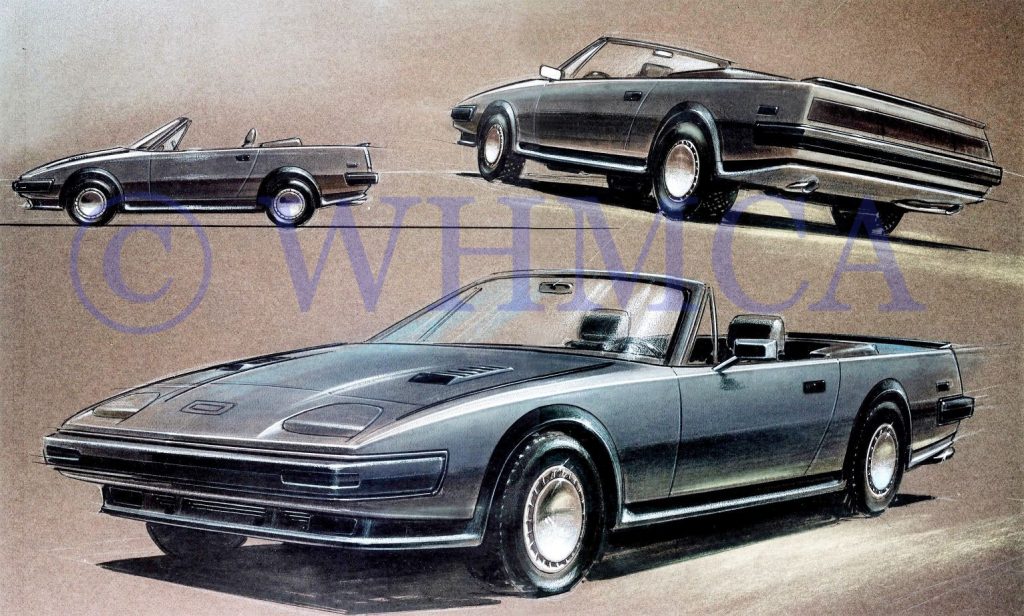 Interviewer: Yes, thank you very much. So what would this have been called, just remind us again? BW: In its V8 engine form it would have been the Healey 3500, because it was a V8 3.5 Ltr. litre and that flowed nicely because of the famous Austin Healey 3000. In its two litre Triumph engine form, it would be called the Healey 2000. Again, with that link to the Austin Healey 3000 in mind. We planned, longer term to replace the PRV (Peugeot/Renault/Volvo) V6 2.85 Ltr. Engine, that was in the DeLorean, with the same Rover engine so we got common engines. The Rover engine was a better engine anyway, better torque, better power. Yes, it was, like so many things in my life, a great plan that never quite made it. Interviewer: Yes, it sounds like it, doesn’t it? Well thank you very much for talking to us. It’s been fascinating to hear from somebody who has been on the inside and can explain how things work because for an outsider like me, it can seem incredibly complicated and just to hear how things work or don’t work, is interesting. BW: Of course it is more complicated than I have described it. I’ve kept it brief. There is an awful lot of work that goes into developing a new car and bringing it into production, particularly when you are talking about, as was the case with DeLorean, a ‘greenfield’ project. It’s very complex and you need a good team of people around you. Fortunately all the way through these various attempts, I was able to bring the right talent along to do the job. It’s a great shame that we never quite made it. Interviewer: Yes. At least people will be able to see the effort that went into some of the attempts to get the Healey name involved in some of these projects. Thank you very much. That is excellent, thank you. ** The name of Barrie’s new book is “45+ Years Without John DeLorean – and a little more with” and should be published in time for Christmas via Amazon, Ebay and Waterstones bookshops.
Go to – Part 2 ‘The Canadian Project’ (click)
carsceneinternational.com
|
Healey News Bulletin July 2019

Rootes Heritage Day at the British Motor Museum – Gaydon –...
Here is a summary of the Rootes Heritage Day - It was a fantastic event for car enthusiasts, especially those with an interest in...

Coventry MotoFest 2024 Report
In the U.K. you can never depend of the weather to treat outdoor events kindly but when it does those events are so much...
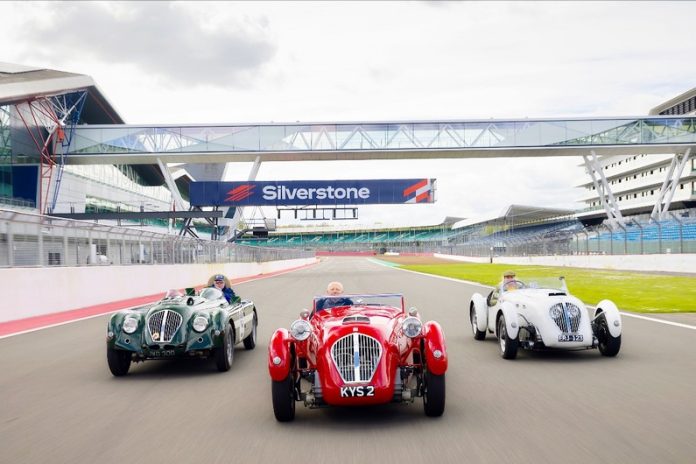
Healey Silverstone 75th Anniversary
CSI is please to bring you this 'Press Release' from Silverstone Festival 2024
"HEALEY SILVERSTONE CELEBRATES ITS 75th AT SILVERSTONE FESTIVAL
• Special milestone for racy roadster...

Healeys at the Classic Car & Restoration Show 2024
I made my annual visit to the 'Practical Classics' Classic Car & Restoration Show last Friday. As ever, it was a friendly and joyful...

Classic Car & Restoration Show Birmingham NEC 2024 – Report
It's always a pleasure to attend this annual event. Everyone you meet is friendly and courteous, the people on the various stands are keen...

MG Prototypes at the British Motor Museum
Last year I read various articles on how MG enthusiasts had spotted rare MG prototypes rotting away on the old MG Rover site at...

Historic Rally Car Register Open Day at Gaydon 2024 – Report
In previous years I have been pleased to publicise the Historic Rally Car Register Open Day held at the British Motor Museum, Gaydon, in...
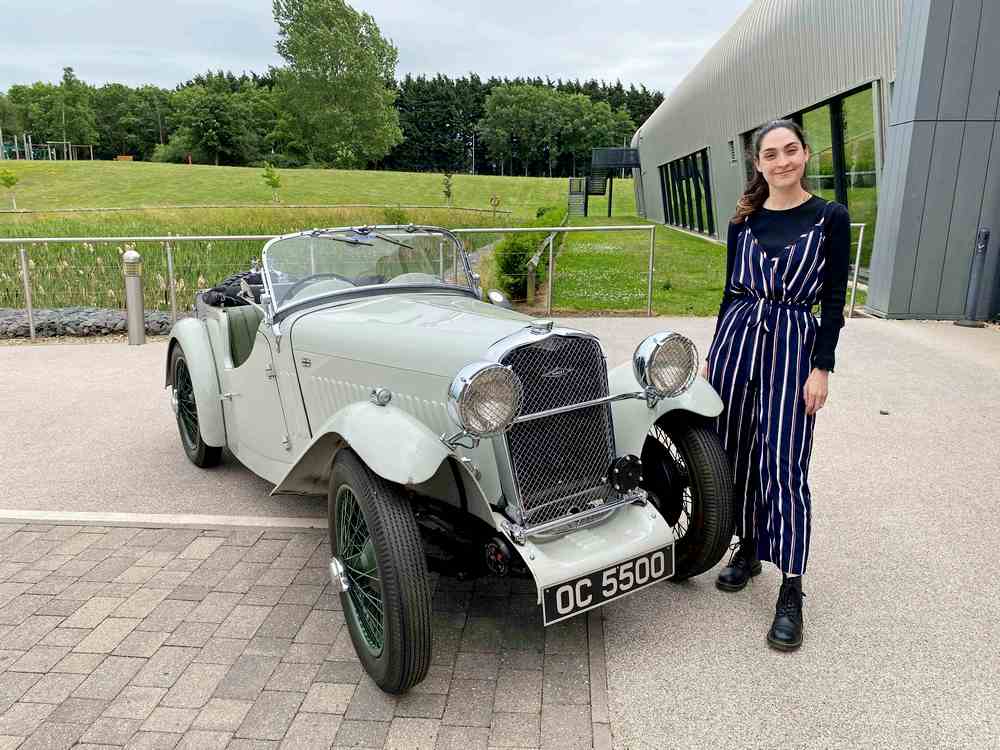
The Patrick Foundation supports ‘The Learning Hub’ at the British Motor...
A press release from the British Motor Museum -
"The British Motor Museum is delighted to announce the opening of ‘The Learning Hub’, a brand-new...
